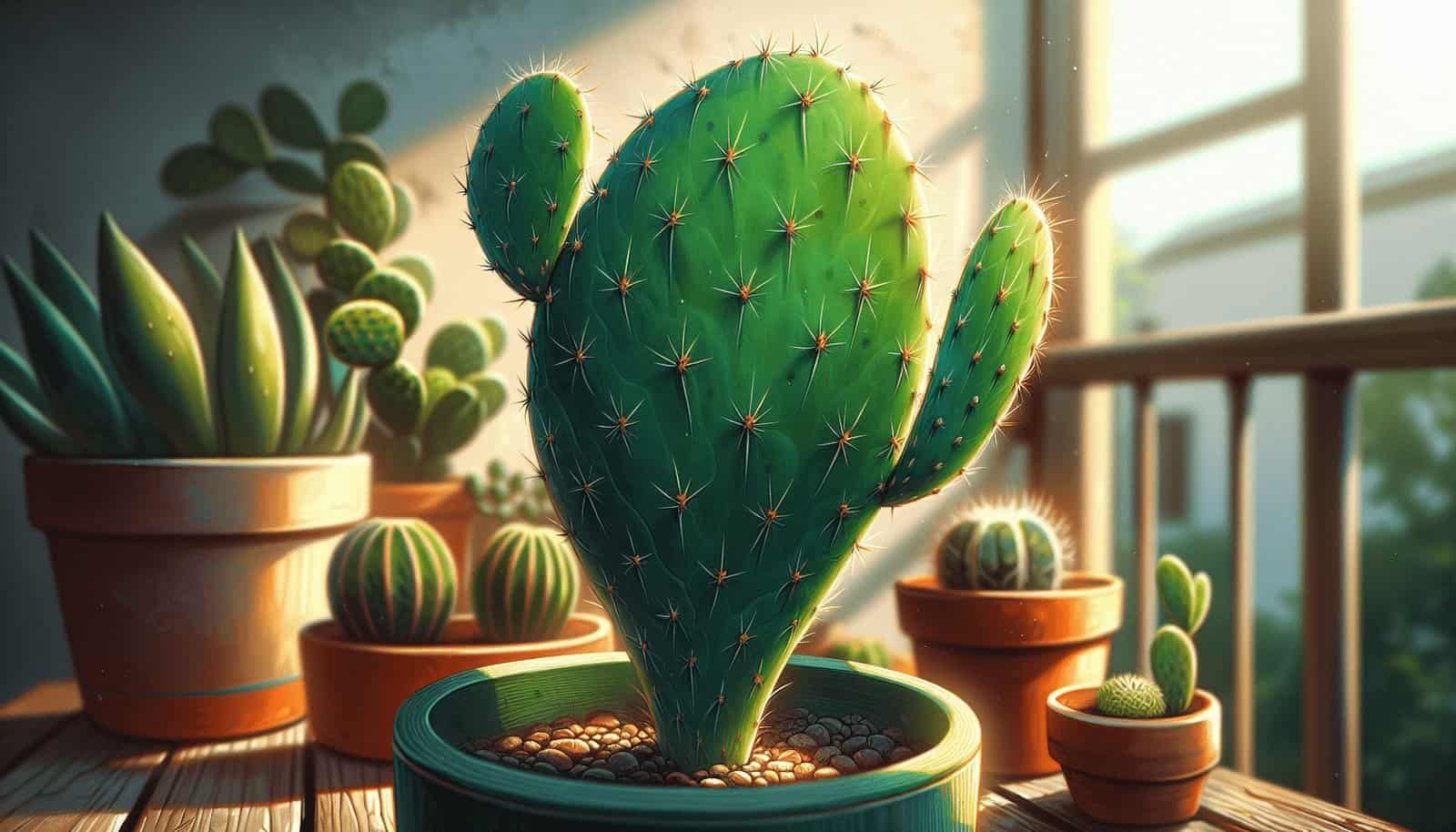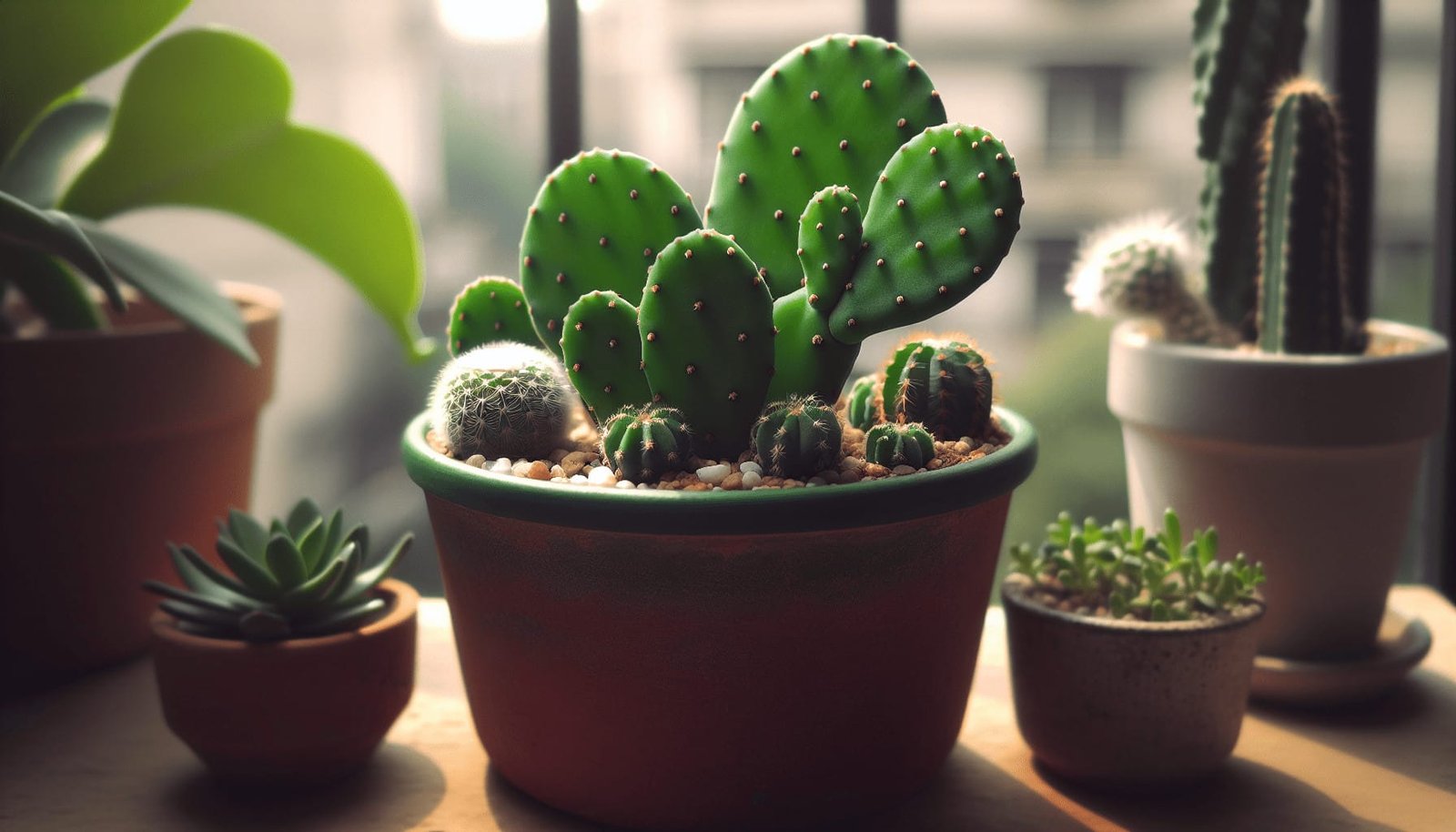Have you ever considered turning a tiny balcony or a small corner of your home into a lush, green sanctuary? If you think space constraints mean you can’t cultivate your own little garden of edible and delightful plants, think again! Growing a Nopal cactus, or prickly pear cactus, even in confined spaces is not only possible but also incredibly rewarding. Known for its adaptability, minimal maintenance needs, and nutritious benefits, the Nopal cactus can become a surprisingly versatile addition to your collection of plants. Let’s embark on this green journey together and discover how you can grow Nopal cactus in limited spaces.
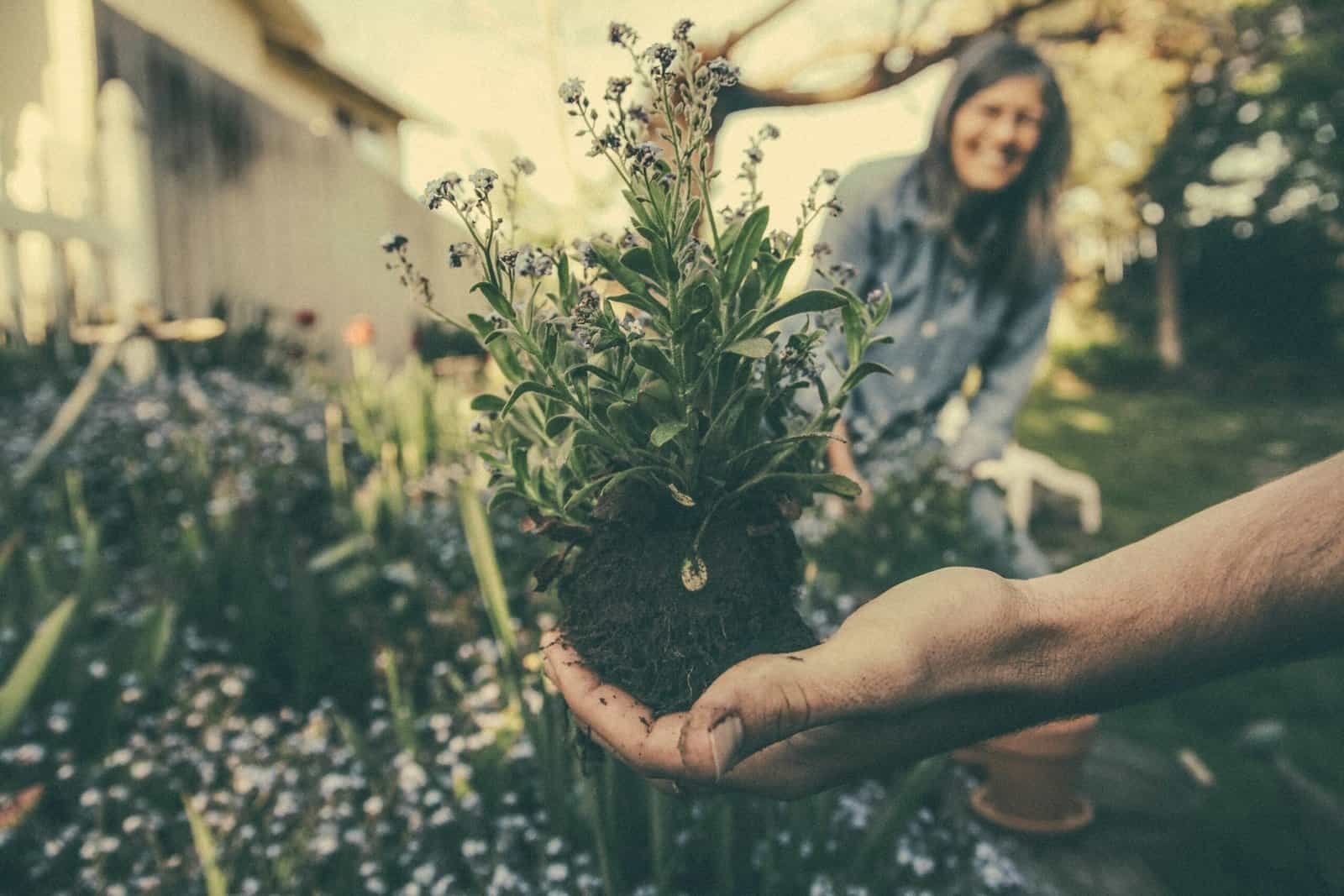
Why Choose Nopal Cactus?
Growing a Nopal cactus ensures you have a unique, versatile plant that will thrive happily with minimal fuss. Its benefits extend beyond its captivating appearance; the Nopal cactus is also a fantastic source of vitamins, minerals, and fiber, making it a healthy addition to your diet. In some cultures, it’s seen as a superfood, helping in the management of cholesterol and blood sugar levels. Given its hardy nature, as well as its ability to survive in less fertile soil, the Nopal cactus is an excellent choice for burgeoning small-space gardeners.
Nutritional Benefits of Nopal Cactus
The Nopal cactus isn’t just a pretty plant that’s easy to grow; it’s also a powerhouse of nutrition. When you add it to your diet, you’re inviting a whole host of nutrients into your meals. Rich in dietary fiber, vitamin C, and magnesium, Nopal cactus pads (called “nopales”) are used in various culinary dishes. The cactus fruit, known as “tunas,” adds a sweet, yet tangy flavor to desserts and drinks. If you’re curious to explore ways to enhance your wellness routine, the Nopal cactus holds a bouquet of benefits waiting for you.
Environmental Benefits
In addition to its nutritional stature, the Nopal cactus is also beneficial to the environment. Its water-efficient nature allows it to thrive in arid conditions, making it an ideal plant for regions facing water scarcity. By growing Nopal cactus, you’re choosing a sustainable way to cultivate greenery while responsibly using water resources. Plus, it offers a haven for insects and small animals, enhancing biodiversity even in an urban setting.
Getting Started: What You Need
Setting up your Nopal cactus for growth involves finding the right materials and ensuring your environment mimics its natural habitat. You want to select containers, soil, and positioning that facilitate healthy growth.
Selecting the Right Pot
Choosing the appropriate pot is crucial when growing Nopal cactus. You should opt for pots with drainage holes to prevent water retention, which can lead to root rot—a common problem when growing cactus plants. Clay pots are encouraged due to their breathability, allowing excess moisture to evaporate. They also add a touch of classic charm to your balcony or indoor space. Ensure the pot is deep enough to support the cactus roots, typically around 10 to 15 inches deep.
Choosing the Ideal Soil
Cactus plants, including Nopal, require well-draining soil. Regular potting soil can retain too much water, so it’s pivotal to incorporate a cactus-specific or a gritty mix. You can create your own cactus soil blend by mixing 1 part potting soil, 1 part sand, and 1 part perlite or pumice. This combination ensures that water runs freely through, reducing the chance of root rot.
Optimal Location for Growth
When selecting a spot for your Nopal cactus, choose a location that gets plenty of sunlight. Nopal cacti thrive on sunlight and need approximately 6-8 hours a day. If you’re growing on a balcony, positioning it where there is direct sunlight but also some shade during the peak sun hours will help the plant maintain its health without overheating. Indoors, a south-facing window is ideal.
Planting Your Nopal Cactus
Now that you’re equipped with the necessary materials and ideal location, you’re ready to start planting your Nopal cactus. The planting process itself is straightforward and begins with picking or propagating the pads.
Propagating Nopal Cactus
If you have access to a mature Nopal cactus, propagation through pads is a cost-effective way to grow a new plant. Begin by selecting a healthy pad, or “leaf,” and use a sharp knife to cut it away from the mother plant. Allow the cut end to heal and form a callus by leaving it in a dry, shaded area for a couple of weeks. Once the callus forms, it’s ready to plant. Place the pad 1 to 2 inches deep into the prepared soil mix, ensuring it’s standing upright. Water sparingly, as the roots are still developing.
Planting From Seeds
While growing your Nopal cactus from seeds is an option, it requires more time and patience compared to propagation by pads. Start with a seed tray filled with moist cactus soil, and scatter the seeds over the soil’s surface. Sprinkle a light layer of soil over the seeds without burying them too deeply. Place a piece of plastic wrap over the tray to trap humidity and set it in a sunny location. Germination can take several weeks, so it’s essential to keep the soil slightly moist and maintain a warm temperature for optimal growth.
Caring for Your Nopal Cactus
As your Nopal cactus starts to establish roots and sprout new growth, providing the right care will help it thrive. The great news is that its maintenance is rather simple.
Watering Guidelines
The Nopal cactus is adapted to arid climates, meaning it doesn’t require frequent watering. During the growing season, from spring to early fall, water the cactus once every two to three weeks. Ensure the soil dries completely between watering sessions. In winter, watering can be reduced even further. A good rule of thumb is to check the soil using your finger; if the top 2 inches feel dry, it’s time to water.
Feeding Your Cactus
Fertilizing your Nopal cactus isn’t a frequent task but doing it occasionally during its active growing seasons can bolster its health. Use a balanced, water-soluble cactus fertilizer diluted to half strength once in spring and once in late summer. Avoid over-fertilizing, as the plant is adept at surviving on little nutrients, and too much fertilizer can lead to leggy growth, which weakens the plant.
Temperature and Humidity
Nopal cactus thrives in warm temperatures ranging from 65°F to 100°F (18°C to 38°C). It can tolerate short periods of colder temperatures, down to around 50°F (10°C), but it’s best to bring your plant indoors during prolonged cold spells. Typical household humidity levels should suffice, as too much moisture in the air can lead to disease and rot. Ensuring proper ventilation will also help maintain a fungi-free environment.
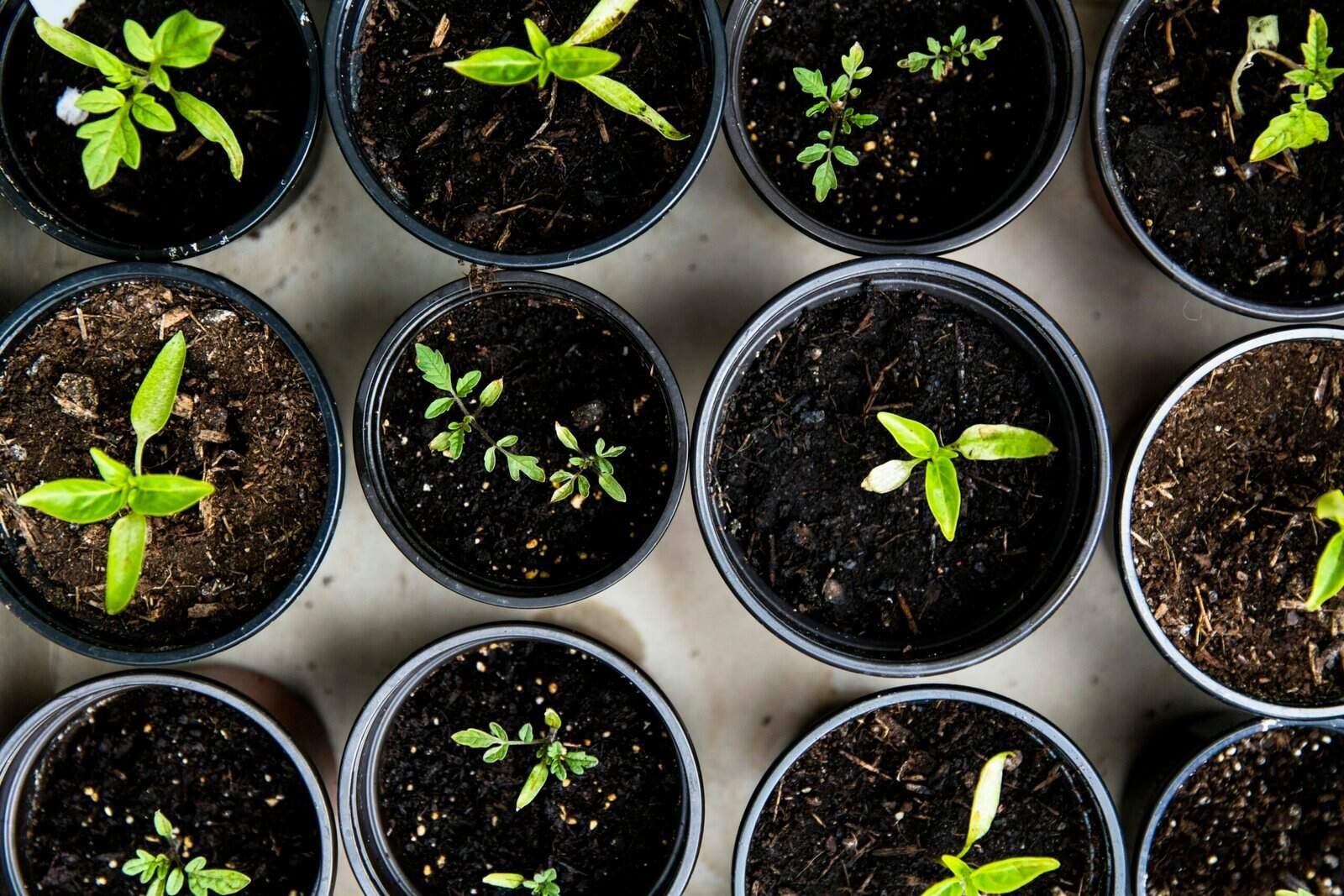
Dealing with Common Pests and Diseases
Given its resilient nature, the Nopal cactus is relatively pest-resistant. However, like any plant, it can occasionally encounter certain issues.
Pest Control
Common pests like mealybugs and spider mites may still make an appearance. You can remove them effectively using a damp cloth or a commercial insecticidal soap. Regularly inspecting your cactus ensures you catch any infestations early before extensive damage occurs.
Disease Management
Root rot is one of the few diseases that can affect Nopal cactus, primarily from overwatering. Prevention is the best management strategy; ensure that the pot and soil have adequate drainage. If you detect rot on your plant, it might be necessary to remove the affected portions and adjust your watering routine to prevent recurrence.
Harvesting and Using Nopal Cactus
After several months of care, your Nopal cactus will become mature enough to yield edible paddles and colorful fruit.
When and How to Harvest
Harvesting cactus pads can typically be done several times a year once the plant has matured for 12-18 months. Choose younger pads, identifiable as they are vibrant green and less spiny, for a more tender texture. Using a glove to protect your hands from the spines, cut the pad at its base with a sharp knife. For the fruit, you’ll need to wait until they appear more prominently from the cactus, usually in late summer. They should be bright and plump for the best taste and nutrient content.
Culinary Delights with Nopal
Your harvested Nopal can be incorporated into numerous delightful dishes. Cactus pads can be grilled, sautéed, or even eaten raw in salads and smoothies. Their flavor is mild, comparable to green beans, and they make a fresh addition to many recipes. As for the cactus fruit, it can be peeled and eaten fresh, or transformed into jams, candies, and refreshing drinks. The possibilities are endless, allowing you to enjoy the savory and sweet parts of your homegrown cactus.
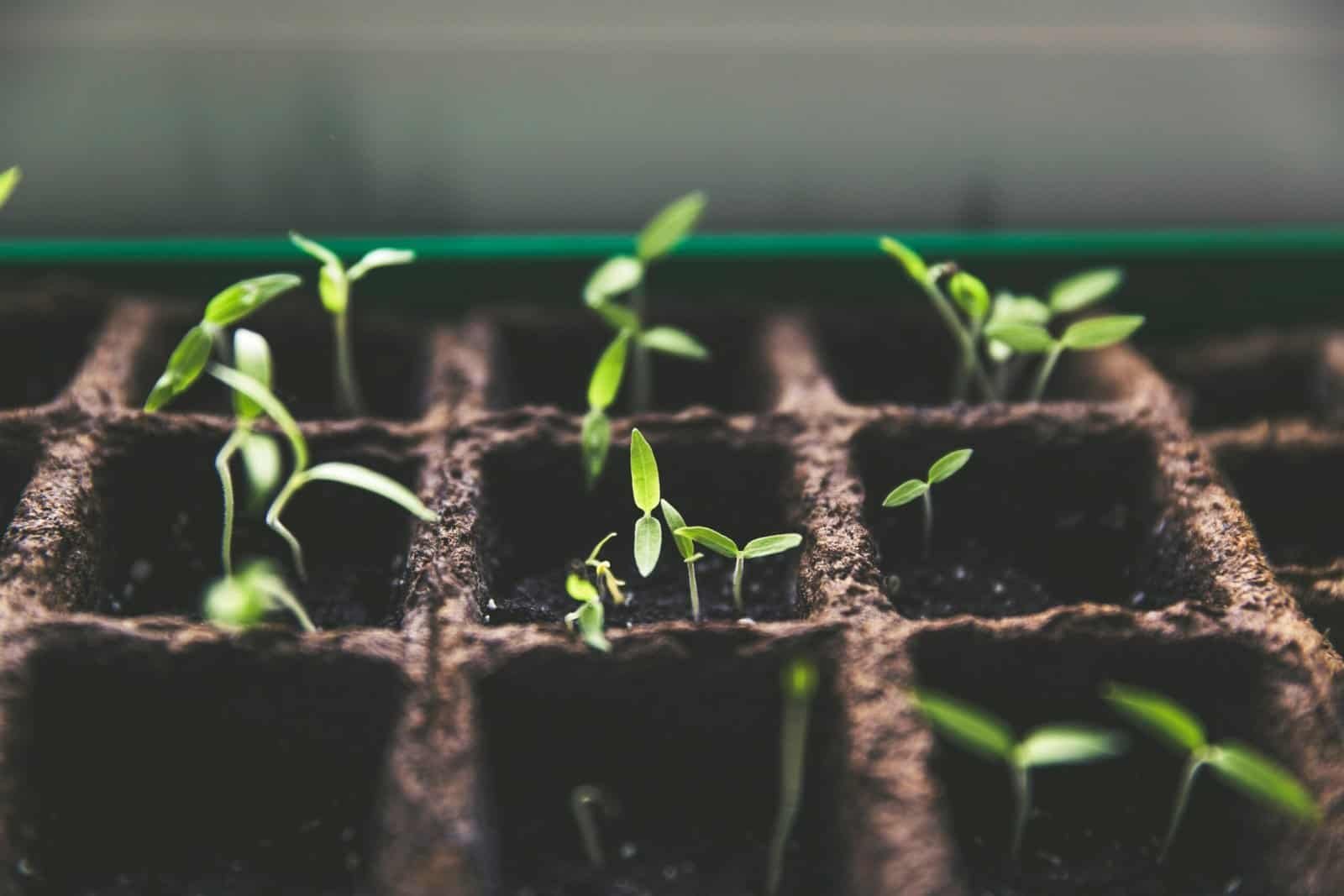
Creative Ideas for a Cactus-Conscious Space
Beyond being a functional plant, Nopal cactus can add aesthetic value to your small space. Its unique shape and vibrant color can complement a variety of decor styles, whether you’re opting for a desert-inspired theme or a contemporary modern look. Try placing it alongside other succulents or low-maintenance plants to create an intriguing display. Additionally, using decorative pots can help make the space feel personalized and inviting.
Conclusion
Growing a Nopal cactus on your balcony or in another small space is not only feasible but also advantageous for both you and the environment. With minimal resources, you can enjoy a plant that offers aesthetic beauty, nutritional benefits, and ecological responsibility. It’s not just a plant to cultivate; it’s a step into a lifestyle that embraces sustainability and health. As you nurture your Nopal cactus, you may find delight in its growth and the fresh possibilities it brings to your everyday life. Remember, every small step you take in gardening is an enduring partnership with nature. Happy growing!
